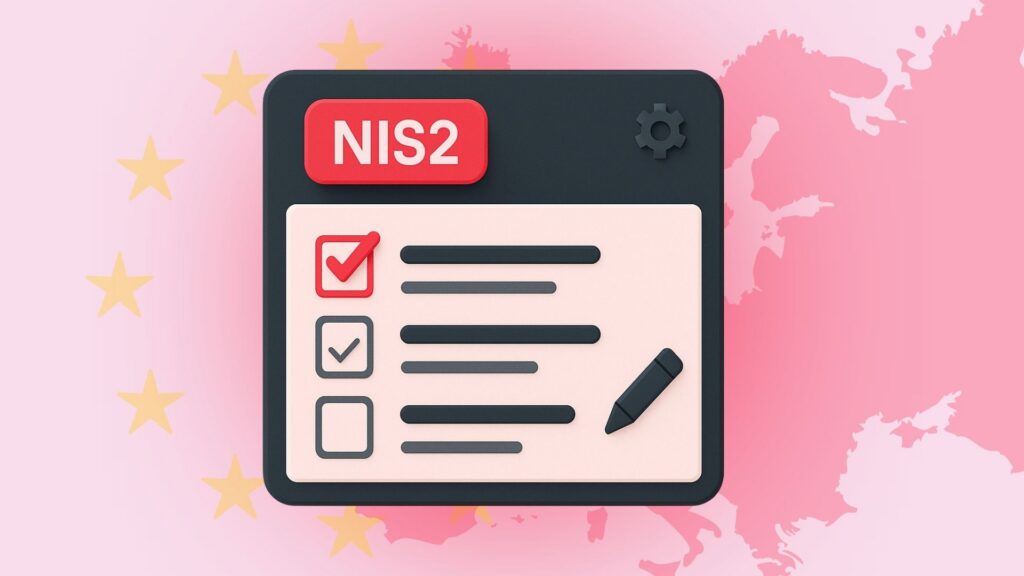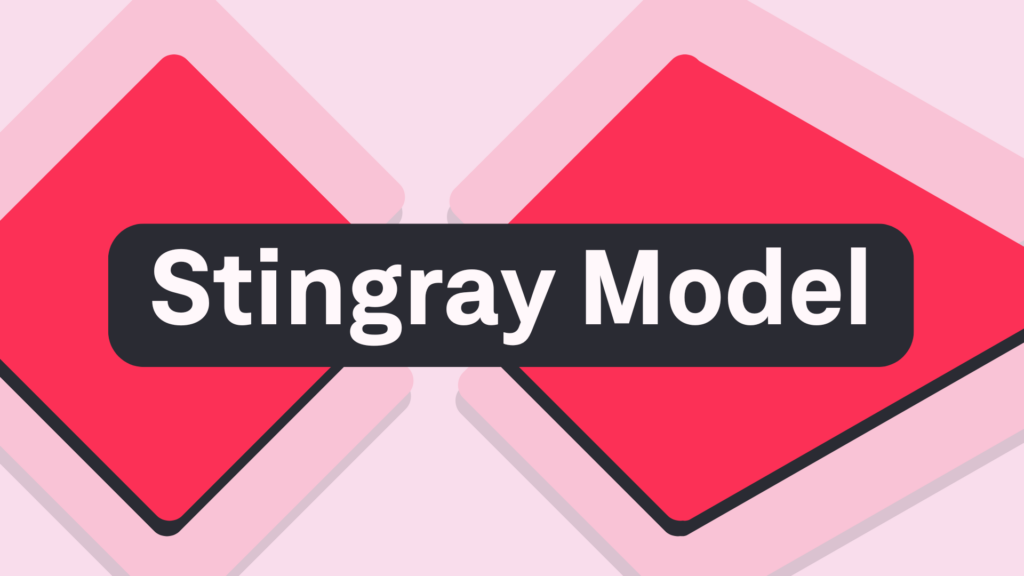Finding a job as a junior software developer carries its challenges.
For obvious reasons… You are new to recruiting. You probably don’t have any previous work experience. Or even don’t know where to start or what’s the right approach. And truth be told, it seems like every company is hiring senior developers exclusively.
It’s a problem you haven’t yet solved, right?
We at Net Group understand the issue because we are on the other side of the fence. So far, we’ve employed over 110 of software developer talents just like you and know for a fact that getting a junior position is feasible. You just have to know the solution to the problem.
If you are new or have been struggling, worry no more. We bring you a fail-safe recipe and value-packed advice derived from years of experience as employers, employees, and happy software developers.
But, before we dive into the six-step process… Let’s see what’s in demand and teach you one crucial concept upfront.
Industry’s State of the Art
A sea of evidence is pointing out the promising future that awaits anyone involved in IT.
An ever-growing number of startups revolve around technology. With data on the rise, businesses, in general, are looking to scale by investing in information technologies.
Overall employment of IT occupations is on an upward trajectory with an 11% projected growth until 2029. Much faster than most of the other occupations.
In 2021, the programming languages most present in job postings were SQL (77,117), Java (63,030), Python (55,827), Javascript (41,613), Microsoft C# (25,742), C++ (22,470), HTML5 (9,174), PERL (8,635), Bash (8,260), and PHP (6,695) (Dice, 2021)
Charts on the most popular languages are as expected, with JavaScript, SQL, and Python leading the charts.
If you are still picking and choosing new languages, Python, TypeScript, Kotlin, SQL, and Go are showing promising signs of future growth.
Ultimately, according to JetBrains reports, websites and utilities are by far the most developed piece of software. So finding work as a software developer should be a safe path to take.
You Need to Know How Companies Recruit!
A Selection Hierarchy is an underlying mechanism large IT corporations came up with to fine-tune the hiring process in order to waste fewer resources.
It simply speaks to the decision-making process that takes place during the candidate selection process. This process is generally split into three key stages, and your resume/application/proposal has to appeal to a decision-maker within each. Or else, it drops off.
- First Layer – Decision maker: Robot
This is the first phase where ATS (Applicant Tracking Systems) or robots are at play. Your application is scanned to check how relevant it is for the offered job position. Most resumes fall off here which speaks to the importance of appealing to robots. In Net Group we believe everyone’s CV should be checked manually and have a equal chance of standing so we have opted-out in using AI to do that for us.
Before any human eyeball ever considers you, keywords within your application/resume play a crucial role. This is where you have to make sure your resume and job application carry the right wording.
- Second Layer – Decision maker: Recruiter or HR specialist
At this stage, the team in charge of recruiting is taking a look at your proposal.
Don’t ever forget you first need to appeal to a recruiter, not a developer, to be considered for a job. This soft-skilled professional will then funnel down your proposal to a final stage.
- Third Layer – Decision maker: Developer / Team Lead
Dev Team Leads make the call if you’ll be within a selected few for an interview and ultimately hired. Therefore, they are your most important decision-makers.
Within this final stage, your work, projects, thinking, and evidence of success should align and give enough proof to senior judges that you are worthy of the opportunity.
Before you proceed, keep in mind there are many ways to go about finding your career opportunities. The internet is overwhelmed with opportunities and “best advice” on finding a job as a software developer.
Nevertheless, plug in, and rest assured these 6 steps will power up your job-seeking efforts.

#1 git push -u origin master
Pushing a code to GitHub or Stack Overflow is a must.
There are several reasons to publish your first (and second, and third…) repository.
The first reason is you need experience and practice. Senior and medior software developers are headhunted solely due to the fact they’ve mastered their craft.
Self-initialized projects are proof you are a proactive and growth-oriented individual. Regardless of whether you own an engineering degree or not.
Second, once you kick-start your career in a perfect company, it’s highly likely they are using GitHub to manage projects and releases. It’s not just your dev experience that matters, but your know-how of the required tools as well.
So, publish all your work on an online repository. Small utilities, apps, web-scraping script, or a simple JavaScript game – push it! If you lack ideas, check this awesome list of first-time project opportunities.
It will all build up to fine-tune your skills and make a strong case for why your work is relevant.
#2 Deploy Your Online Portfolio
GitHub was a fine way to start pilling up material for the resume.
However, your resume and proof of work have to be out there, online. The goal here is to entice people involved in the decision-making process. (primarily recruiters)
Start small, build a simple website, and add up over time. One-pager is OK.
Don’t buy into the advice that you have to make it special or build your own brand. By having a portfolio website you are already ahead of 90% of your peers.
Start by making sure you have these items listed on your webpage:
- A catchy description of what you do
- About me page and contact details (for ex. if you are a software developer make sure to write it)
- Link to your LinkedIn page, GitHub repo, and professional resume in PDF
- Samples of your work (app demos with simple UI + source code)
- List of skills and programming languages
- News and articles as social proof (if you have any)
Here is an example of how Sergio, an up-and-coming software engineer, displayed his work in a simple and practical way.
Nowadays there are countless of platforms to set up an online portfolio quick and easy. In the past 2 years Net Group has seen applicants moving from platforms such as Squarespace or Wix to Self deploy platforms such as Netlify. This has helped them keep the costs down while having the freedom to build whatever they want.
Don’t forget, you are doing this primarily for recruiters!

#3 Take Care of Your LinkedIn Profile
LinkedIn is 100% going to help you find a job. More importantly, one work experience and 200 connections later, it will become your passive powerhouse.
Playing on LinkedIn is not a zero-sum game. It’s not just your short-term shot at a job.
As many as 87% of recruiters consider LinkedIn the most efficient way to recruit.
After you create a profile, make sure you complete it. Algorithm rewards completed profiles. Once recruiters start searching, your profile is more likely to appear in search results.
Second, show your recruiters you are open to work. Navigate to the job section and adjust your work preferences and notifications. Play with filters and you’ll receive only the most relevant job proposals on the network. Be sure to check out how Net Group is displaying their LinkedIn profile.
Finally, don’t forget to display your work experience on LinkedIn and connect with like-minded individuals. Build your network and seize the opportunities.
We know many software developers who after months of time on LinkedIn are receiving interview invites weekly. Yes, some juniors as well.
But hold on. Before you apply for the first software developer job, consider taking this next step.

#4 Let’s Take it Offline!
The world is slowly coming back to the way things were before and IT plays a vital role in making sure everything is back on track. As a consequence, face-to-face interactions and networking events are back on the stage.
Startup competitions, coding events, conferences, meet-ups, hackathons… All great ways of displaying your skills, broadening your network, and meeting your favorite companies.
On top of that, these events boost your eagerness to keep on coding.
Oh, and worry not. If everything is still remote where you’re at, these competitions are still run online as well.
Go ahead, try networking. It might be a stepping stone to your promising career.
#5 Apply For Jobs
At this point, please have everything we mentioned before by your side.
You’ll need your resume, portfolio, published work, and social proof. Each step missed is lowering your chances of getting your first job as a software developer.
For starters, there are many platforms where you can find job opportunities. It’s not just LinkedIn. However, LinkedIn is usually a root platform where job postings reside for almost any company.
Try not to overcomplicate the problem by signing up to too many platforms. It might get you overly stretched and even discouraged.
Keep in mind that the Selection Hierarchy is also employed here as well. Recruiters receive hundreds if not thousands of applications through these platforms all at once. Your papers first go through the robots, are then narrowed down to recruiters, and finally meet the developer’s eye in small chunks.
It’s crucial you approach this process without too much emotional attachment. Regardless of how optimized your efforts are, you are going to get rejected. Many times.
Consider it your job to find a job. This way you are less likely to call quits too early. After all, how you approach this process is how your employees are most likely to perceive you. If you are a software developer Net Group is always growing and you could be part of our team so don’t hold back and apply today!
#6 Preparation Beats Daydreaming
Got invited to a job interview? Don’t celebrate just yet. Job interviews are the most challenging and most important part of this journey.
First, prepare the answers for the common general and technical interview questions. These questions are intended to test your knowledge and thinking.
Second, research the company and arrive at the interview prepared. Get to know their culture, business, and what products they build because they might ask you about it. If you like anything in particular about their work, and feel comfortable enough, say it.
Lastly, make sure you bring a few copies of your resume in case you need to hand it out to the participants at the interview. They will ask you things you wrote there, so make sure you have a full-proof reference at the table.
During the first interview, there is a chance you will be presented with a task and a deadline. Once you start resolving the task, don’t shy away from asking friends or peers for advice.
Make sure the code you produce as a result is:
- Clean, working, and efficient code
- Troubleshot and debugged
- Verified with positive feedback from your trusted peer (senior possibly)
- Showing signs of creativity and ability to integrate tools
We can’t state enough how important it is to have a clean and tidy code. You will be working in a team environment after all. Your future colleagues will need to understand syntax and catch up with your work.
Finally, don’t sweat it too much. You’ve done your best to prepare. Whatever happens, opportunities will keep on landing because you made sure they did.
Similar insights

Think You’re Secure? PEN Testing Will Tell You
15/05/2025
NIS2 Compliance: A Simple Guide to Get It Done Right
15/05/2025
NIS2 Directive Explained: What Your Business Needs to Do Now
29/04/2025
Net Group Expands into Germany and Acquires Cybersecurity Company
04/04/2025
AI in Supply Chains: Precision, Profit, and Practicality (Today)
01/04/2025
The New Playbook for Innovation: Stingray Model
24/01/2025
The European Accessibility Act: Is Your Business Ready?
06/01/2025
Evolution of Automation: Trust, Technology, and the Future of Work
12/11/2024
Has Anyone Told You About Digital Architecture Analysis Yet?
30/10/2024
Let the success
journey begin
Our goal is to help take your organization to new heights of success through innovative digital solutions. Let us work together to turn your dreams into reality.